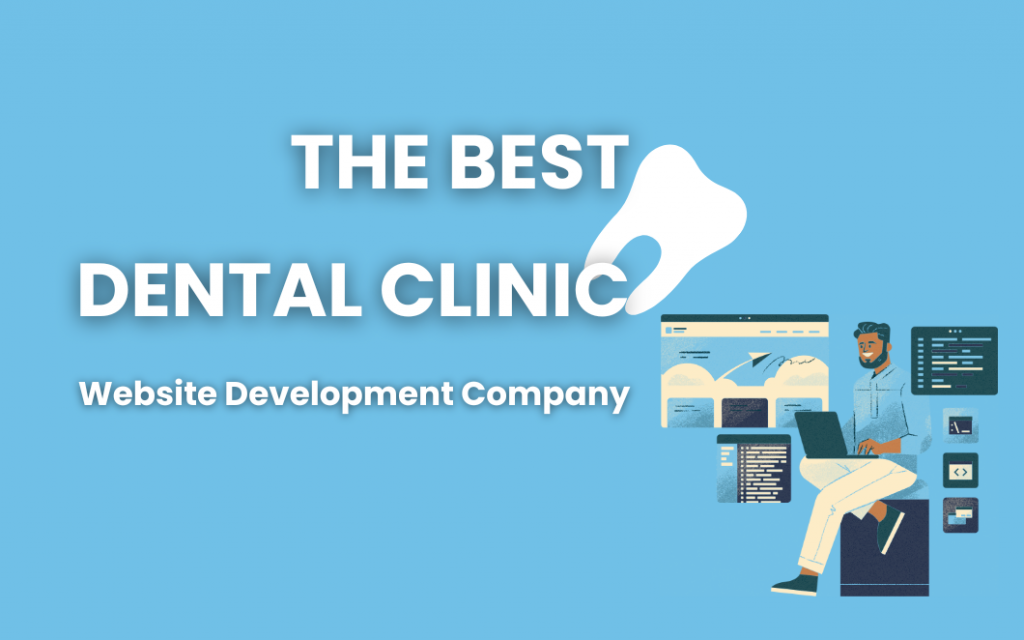
Table of Contents
ToggleHow can technical SEO help improve website performance and user experience?
In today’s digital world, having a strong online presence is essential for any business or individual. Search Engine Optimization (SEO) is key to building that presence. While many focus on content and keywords to rank higher in search engine results, technical SEO is often overlooked. Yet, it plays a crucial role in enhancing website performance and user experience.
Technical SEO refers to optimizing the technical aspects of a website to ensure that search engines like Google can easily crawl, index, and rank the website. This optimization goes beyond content and keywords; it ensures that the foundation of your website is solid, making it easier for users to navigate and search engines to understand.
In this blog, we’ll explore how technical SEO can improve your website’s performance and user experience. We’ll cover various elements like website speed, mobile-friendliness, site structure, security, and more.
1. Website Speed and Performance
Why Website Speed Matters
Website speed is one of the most important factors in both technical SEO and user experience. If a website takes too long to load, users are likely to leave and find another quicker site. Google also prioritizes faster-loading websites in its search rankings, meaning a slow website could be costing you not just users but also organic traffic.
How Technical SEO Helps
Several technical SEO practices can help improve the speed and performance of your website, including:
- Optimizing images: Large image files can slow down your website. Compressing and resizing images can significantly improve load times.
- Browser caching: Implementing browser caching ensures that returning visitors load your site faster, as their browser already has certain parts of the site stored.
- Reducing server response time: Using faster hosting services, reducing the size of files like JavaScript and CSS, and using content delivery networks (CDNs) can help decrease the time it takes for your server to respond to a user’s request.
A faster website not only improves the user experience but also boosts your SEO rankings, helping you get more traffic.
2. Mobile-Friendliness
The Importance of Mobile Optimization
With more and more people using their mobile devices to browse the internet, having a mobile-friendly website is critical. Google uses mobile-first indexing, which means that the mobile version of your site is considered the primary version for ranking purposes.
How Technical SEO Helps
Technical SEO ensures that your website is optimized for mobile devices by focusing on responsive website design. A responsive website automatically adjusts to fit the screen size of the device being used, whether it’s a smartphone, tablet, or desktop computer. This improves the user experience, making it easier for visitors to navigate and interact with your site.
Other mobile-specific technical SEO practices include:
- Accelerated Mobile Pages (AMP): AMP is a framework that allows web pages to load quickly on mobile devices. While it’s not mandatory, having AMP-enabled pages can improve the speed and usability of your site on mobile, leading to better rankings.
- Font and button size: Ensuring that text is readable and buttons are easily clickable on smaller screens can make a big difference in how users experience your site.
3. Structured Data and Schema Markup
What is Structured Data?
Structured data is a standardized format that helps search engines understand the content of your website better. This data is coded in a specific way using schema markup to help search engines return more informative results for users.
How Technical SEO Helps
By implementing structured data, you’re helping search engines like Google understand your content more effectively. For instance, if you’re an eCommerce site, you can use schema markup to highlight your products, reviews, prices, and availability. This can improve your chances of appearing in rich snippets, which are the enhanced search results that show extra information (like star ratings for a product).
Not only does structured data improve SEO, but it also search results more engaging and informative for users, which can increase your click-through rate (CTR).
4. Website Security (HTTPS)
Why Website Security Matters
In 2014, Google announced that it would consider HTTPS (Hypertext Transfer Protocol Secure) as a ranking factor. HTTPS ensures that the data transferred between a user’s browser and your website is encrypted, making it more secure. Today, a secure website is critical for both SEO and user trust.
How Technical SEO Helps
Switching from HTTP to HTTPS is a key technical SEO task. This ensures that your website is more secure, which is important for both search engines and users. Websites without HTTPS are often flagged as “Not Secure” by browsers like Chrome, which can scare away visitors.
A secure website also ranks higher in search engines, and users are more likely to trust and stay longer on a secure website, improving their overall experience.
5. Crawlability and Indexing
What is Crawlability?
Crawlability refers to how easily search engines can crawl, or access, the pages on your website. If search engines can’t crawl your website properly, your content won’t get indexed, meaning it won’t appear in search results.
How Technical SEO Helps
Technical SEO helps ensure that your website is easily crawlable by search engines. Some of the techniques include:
- XML sitemap: This is a file that lists all the important pages on your website. By submitting an XML sitemap to search engines, you help them find and index your content more effectively.
- Robots.txt file: This file tells search engines which pages they should or shouldn’t crawl. Properly configuring this file ensures that important pages are crawled, and unnecessary pages (like admin or login pages) are not.
- Fixing broken links: Broken links can disrupt the user experience and confuse search engines. Technical SEO practices like regular audits can help find and fix these issues, improving the crawlability and overall health of your site.
6. Site Structure and Navigation
Why Site Structure Matters
A well-organized website is easier for both users and search engines to navigate. If your website has a clear structure, users can find the information they need quickly, and search engines can easily index your content.
How Technical SEO Helps
Technical SEO plays a crucial role in creating a clear and logical site structure. This includes:
- Internal linking: Internal links connect one page of your website to another. A good internal linking structure helps users navigate your site and encourages search engines to crawl more pages, improving your SEO.
- Breadcrumbs: Breadcrumbs are navigation aids that show users their location on your site. They also help search engines understand your site hierarchy, improving your SEO rankings.
- Organized categories: Grouping related pages under clear categories helps both users and search engines understand your site structure. This organization improves the user experience and makes it easier for search engines to crawl and index your pages.
7. Core Web Vitals
What are Core Web Vitals?
Core Web Vitals are a set of metrics introduced by Google to measure the user experience of a website. These metrics focus on loading performance, interactivity, and visual stability.
The three key Core Web Vitals are:
- Largest Contentful Paint (LCP): Measures loading speed; LCP should occur within 2.5 seconds of when the page first starts loading.
- First Input Delay (FID): Measures interactivity; a good FID should be less than 100 milliseconds.
- Cumulative Layout Shift (CLS): Measures visual stability; pages should maintain a CLS score of less than 0.1 to avoid unexpected shifts in layout.
How Technical SEO Helps
Optimizing your website for Core Web Vitals is essential for both SEO and user experience. Websites that perform well on these metrics rank higher in search results, as Google considers them to provide a better experience for users.
Technical SEO practices like optimizing code, improving server response times, and reducing file sizes all contribute to better Core Web Vitals scores.
8. Page Experience Update
What is the Page Experience Update?
In 2021, Google rolled out the Page Experience Update, which includes several user experience signals like Core Web Vitals, mobile-friendliness, safe browsing, and HTTPS. This update further emphasizes the importance of technical SEO in improving website performance and user experience.
How Technical SEO Helps
Technical SEO aligns with the Page Experience Update by focusing on optimizing the back-end elements of your website. By improving site speed, mobile usability, security, and Core Web Vitals, you’re not only adhering to Google’s guidelines but also enhancing the user experience.
Conclusion
Technical SEO is a vital component of improving both website performance and user experience. While content and keywords are important, a technically sound website ensures that search engines can crawl and index your site easily, users can navigate without frustration, and your website loads quickly and securely.
By focusing on the key elements of technical SEO, such as site speed, mobile-friendliness, structured data, crawlability, and Core Web Vitals, you can create a website that performs better in search engine rankings and offers a superior experience to your users. As a result, you’ll see improvements in traffic, engagement, and ultimately, conversions.
How Much Does SEO Cost in Australia?
How Much Does SEO Cost in Australia? SEO cost in...
Read MoreSEO for Gutter Cleaning Services: How to Get More Local Customers from Google
SEO for Gutter Cleaning Services: How to Get More Local...
Read MoreBest Web Design Company in Australia
Best Web Design Company in Australia If your website is...
Read MoreTraditional Marketing vs Digital Marketing: What’s the Difference?
Traditional Marketing vs Digital Marketing: What’s the Difference? In today’s...
Read More










